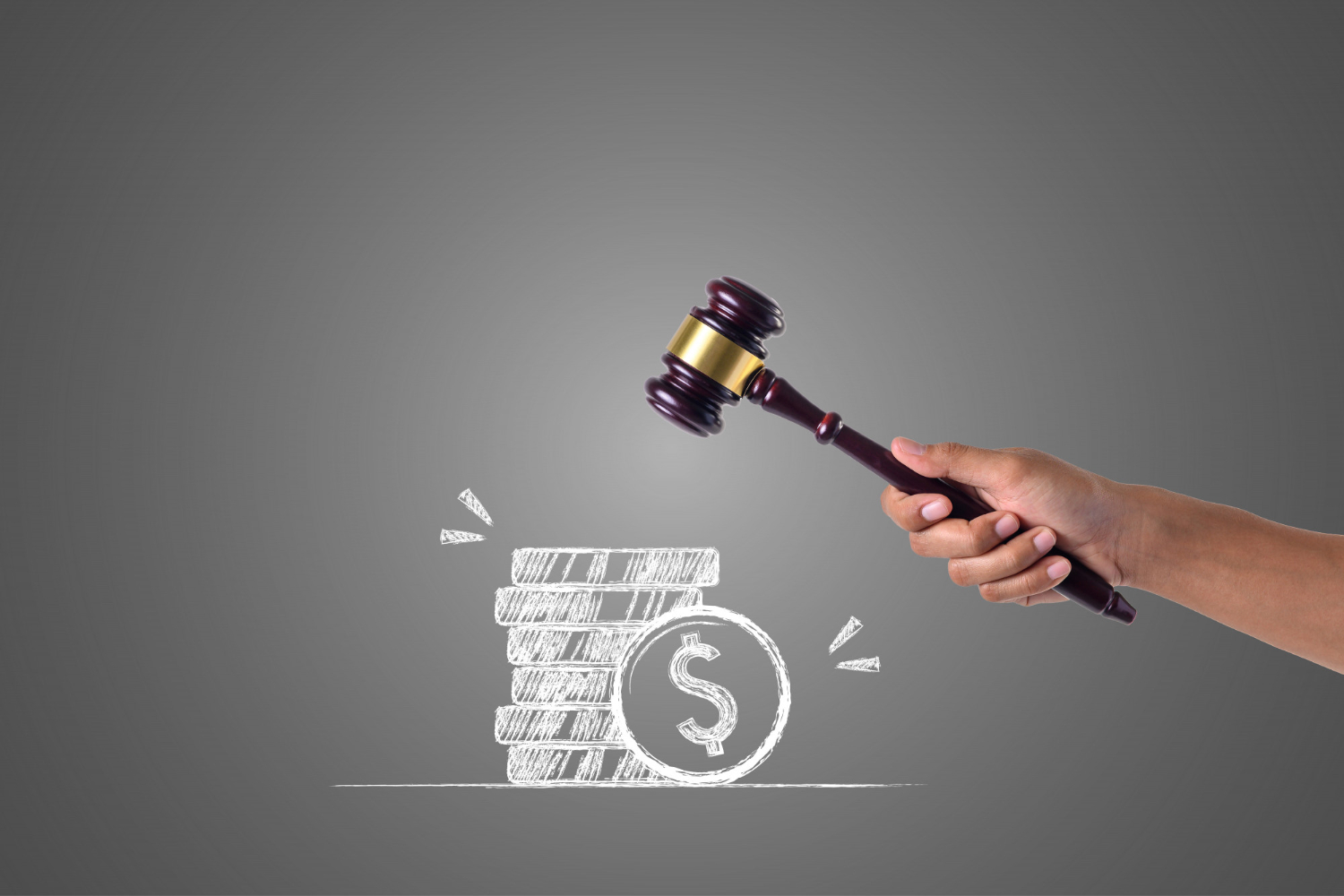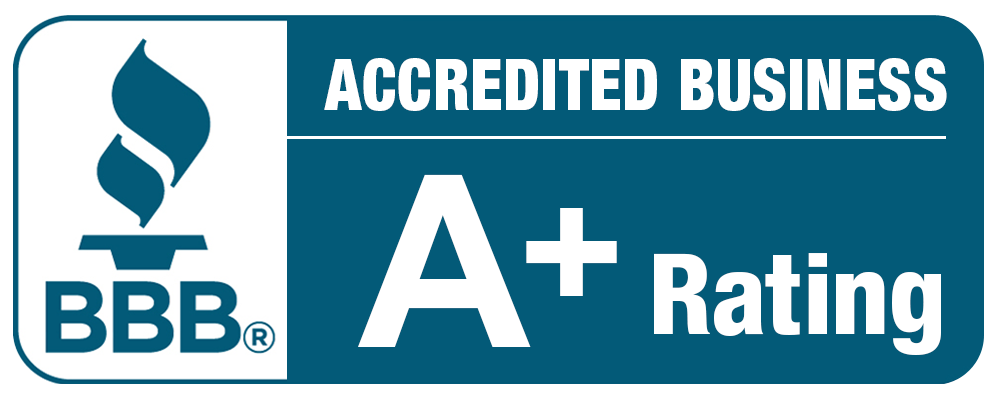Bankruptcy. It’s a word that can stir up fear, uncertainty, and frustration, especially for small business owners. But in 2025, understanding bankruptcy is more important than ever. As markets shift and economic stressors mount, knowing your rights and responsibilities could be the difference between recovery and closure.
In this guide, we break down exactly what it means to file for bankruptcy, how it works for business owners, and what alternatives you might consider before taking that step.
At its core, bankruptcy is a legal process designed to help individuals or businesses eliminate or repay debt under the protection of the federal bankruptcy court. It’s not just about failure—it’s about financial restructuring, protection, and in many cases, a path to a fresh start.
For business owners, filing for bankruptcy can provide temporary relief from creditors, stop lawsuits, and allow time to reorganize debt or liquidate assets responsibly.
Filing for bankruptcy sets a legal process into motion. Here’s a simplified breakdown:
Fill the form to request a free Business Debt Consultation Now!
By clicking “Continue” above, I understand and agree to the following terms and conditions:
While we covered this in a separate blog in detail, here’s a quick recap of the most common types:
Filing for bankruptcy is a serious step and often a last resort. You might consider it if:
However, these signs don’t always mean bankruptcy is the right choice. Often, alternatives such as business debt restructuring or mediation can offer a less damaging path forward.
The modern bankruptcy process in the U.S. is fairly streamlined but requires accuracy and documentation. Here’s a brief roadmap:
Before jumping into a legal bankruptcy filing, explore your alternatives:
If you are one of the many thousands of companies struggling with high interest business loans, call us today for a free consultation. Just taking the first step in talking to an expert can start relieving stress. And once you talk to a debt help specialist, you will see that there is hope.

At National Credit Partners, we specialize in protecting both lenders and business owners by providing structured debt reconciliation strategies that avoid bankruptcy wherever possible. We act as neutral mediators to help:
Not necessarily. For some, it’s the beginning of a smarter financial strategy. For others, it’s a wake-up call to take action before things spiral further.
Whatever your situation, you don’t have to face it alone. Our mission at National Credit Partners is to help American businesses regain financial control and thrive in 2025 and beyond.
Need Guidance? If your business is struggling under $50,000 or more in debt, contact us for a free consultation on non-bankruptcy solutions that protect your future.
Call us: (888) 766-3998
Email: info@nationalcreditpartners.com
Free Guide: Understanding All of Your Debt Relief Options
Your comeback story starts here.

An A+ rating represents BBB's high degree of confidence that the business is operating in a trustworthy manner and will make a good faith effort to resolve any customer concerns filed with the BBB.
